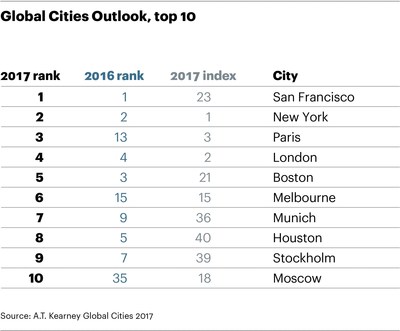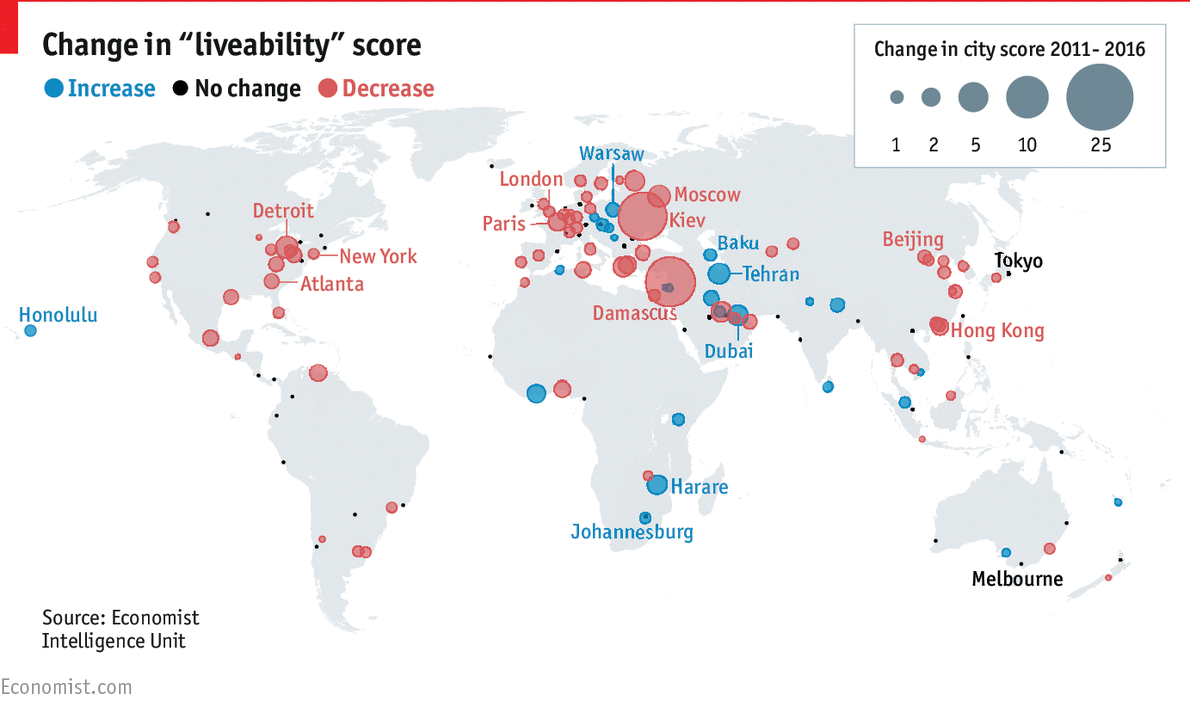

Rapid urbanisation also puts pressure on public open spaces such as parks and urban green areas, which provide space for social interaction and important ecosystem services. Urban sprawl and inefficient land use contribute to biodiversity loss. Cities account for about two-thirds of the world’s energy consumption and for more than 70 per cent of worldwide greenhouse gas emissions. By one estimate, in 2016, 90 per cent of city dwellers have been breathing unsafe air, resulting in 4.2 million deaths due to ambient air pollution. A lack of public transport infrastructure results in congestion and often hazardous pollution levels in inner cities.

Rapid urbanisation, however, also imposes challenges: a lack of affordable housing results in nearly one billion urban poor living in informal settlements at the urban periphery, vulnerable and often exposed to criminal activity. With urbanisation set to increase, by 2050, seven in ten people worldwide will be city dwellers. They are more likely to be in professional and service jobs, and less likely to have kids. City dwellers are often younger, more educated, and more liberal than their rural counterparts. They often outperform their countries in terms of economic growth. They allow for an efficient division of labour, bringing with them agglomeration and productivity benefits, new ideas and innovations, and hence higher incomes and living standards. Ĭities are economic powerhouses: more than 80 per cent of worldwide GDP is generated within their boundaries. Today, Tokyo (37.4 million), New Delhi (28.5 million), and Shanghai (25.6 million inhabitants) are the most populous cities worldwide. During the same time, the number of so-called mega cities – cities that have more than ten million inhabitants, most of which are located in the Global South – is expected to increase from 33 to 43, with the fastest growth in Asia and Africa. In 2018, there were 548, and in 2030, a projected 706 cities will have at least one million inhabitants.

There were 371 cities with more than one million inhabitants at the turn of the century in 2000. By 2045, this figure is estimated to increase by 1.5 times, to more than six billion.


 0 kommentar(er)
0 kommentar(er)
